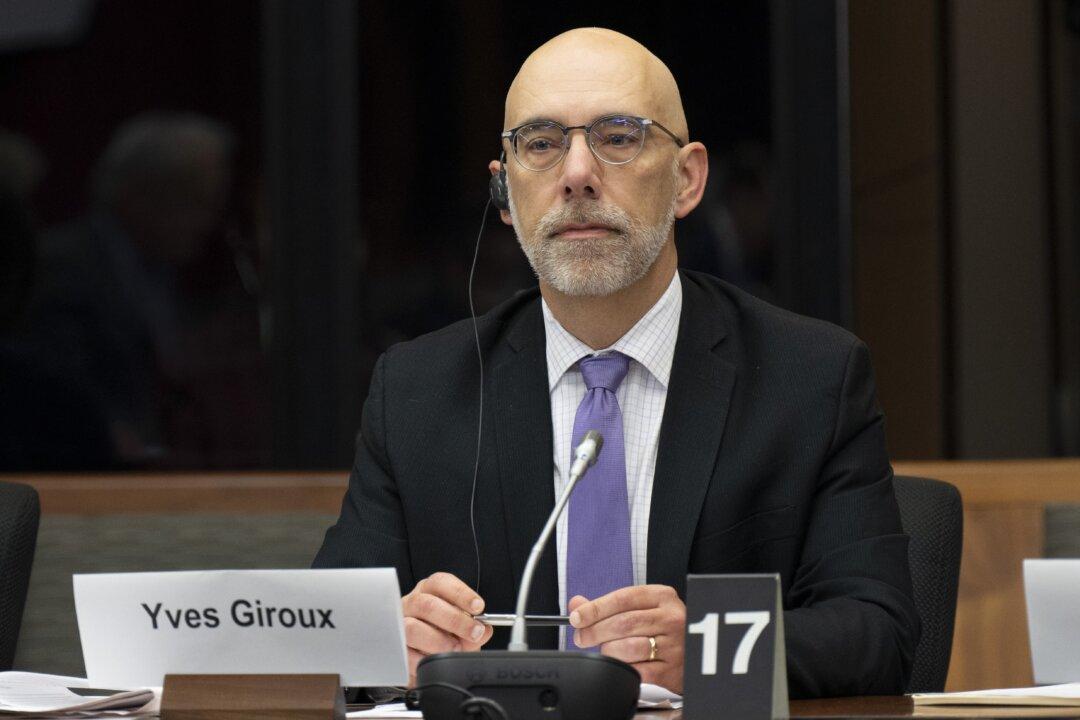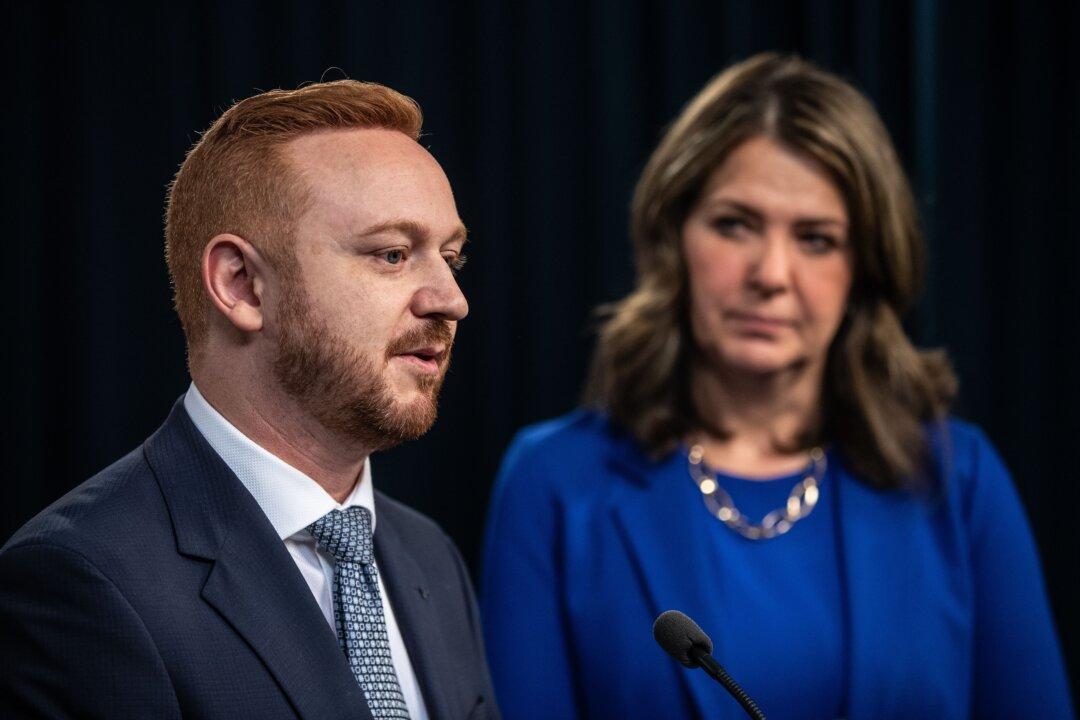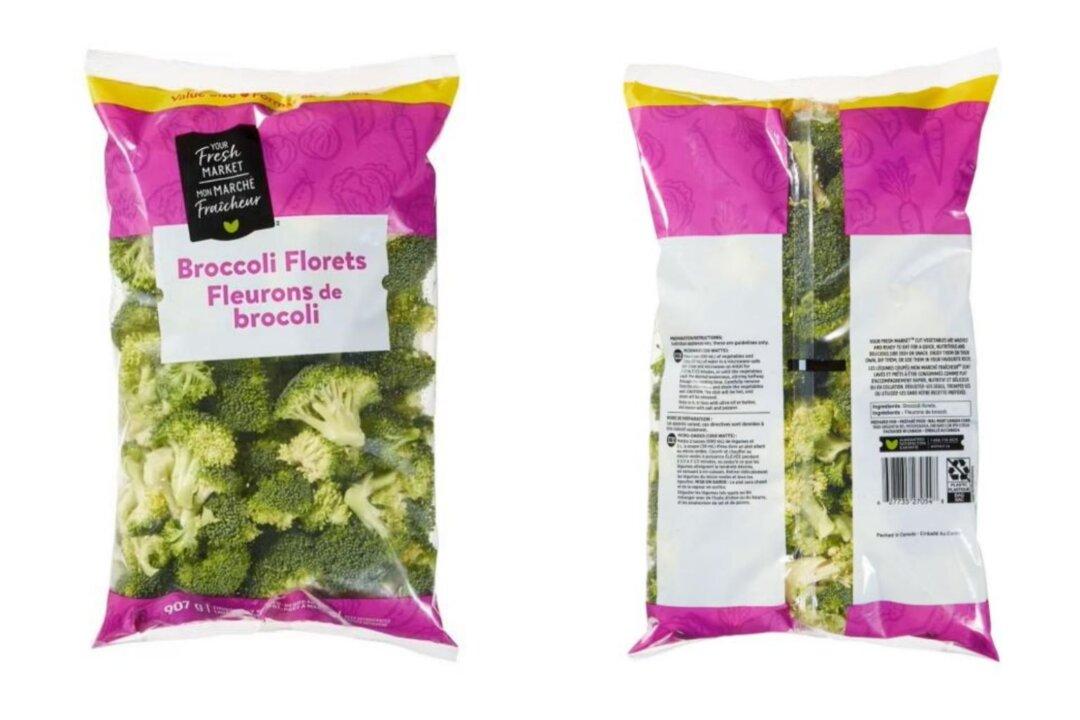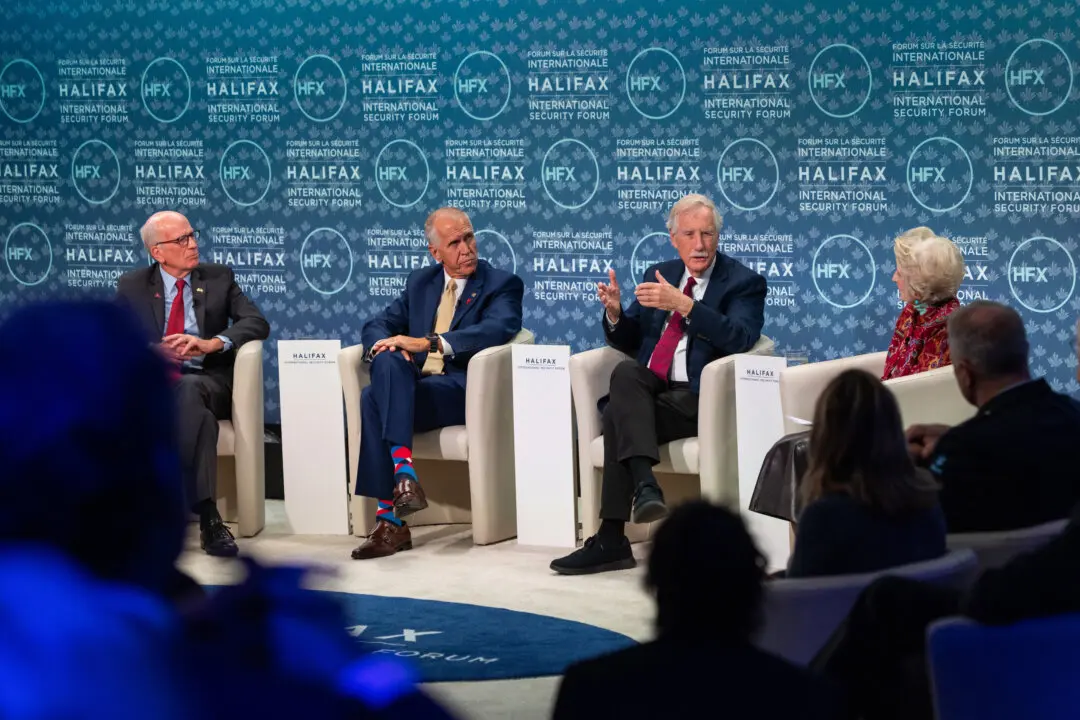A tax hike on Canada’s wealthiest tax filers, affecting less than 26,000 people, will generate less revenue than what the federal government expected, according to a report by the Parliamentary Budget Office (PBO).
“Typically, when there are changes to the tax system, some affected individuals change their behaviour to minimize the amount of tax they pay,” said the report, titled “Changes to the Alternative Minimum Tax as Proposed in Budget 2023,” as first covered by Blacklock’s Reporter.





